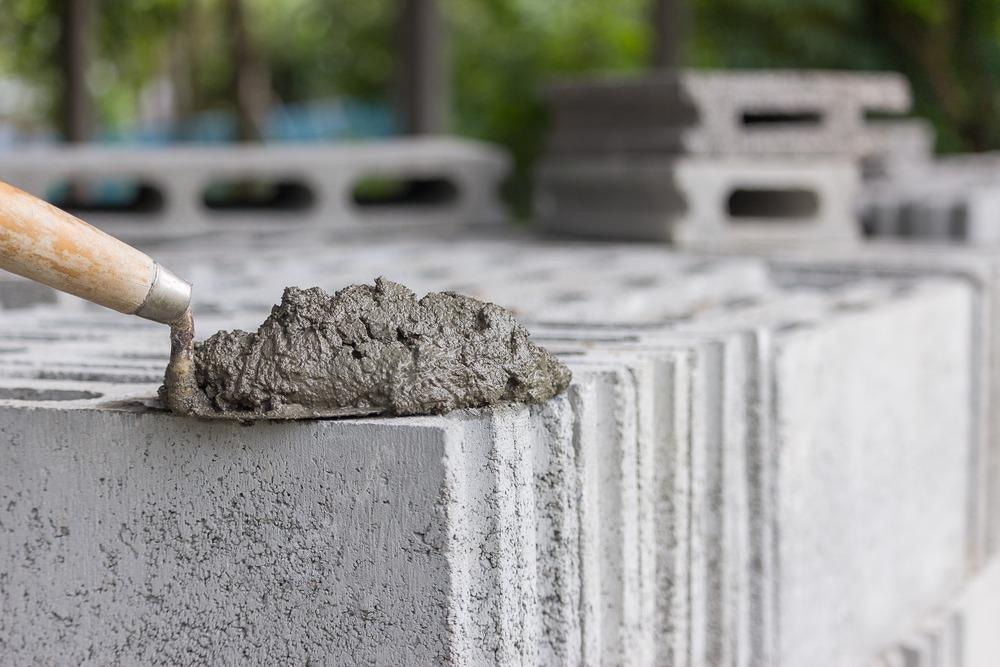AZoOptics interviews R. Bruce Weisman from Rice University in Texas, US, who has discovered fluorescence from silicon nanoparticles in cement and how it can be used to reveal early signs of damage in concrete structures.
How did you begin your research into cement microcracks?
We were working with a collaborator from the Kuwait Institute for Scientific Research who was interested in measuring strains in concrete structures using the Rice University strain sensing technology, which is based on the fluorescence of carbon nanotubes. When we tried the method on concrete, we found strong and unexpected interfering emissions, which we traced to the cement in the test specimen. We coated the specimen with black paint to block the interference but found that when the specimen cracked under strain, the paint also cracked. This exposed the bare concrete underneath, which fluoresced and revealed the crack location.
Can you tell us about the method you have created for revealing early signs of damage in cement?
A thin coating of black paint is applied to the cement or concrete surface of interest. To check for subsequent formation of microcracks in the surface resulting from mechanical stress, we scan the surface with strong visible light and look for positions where cement near-infrared emission is present. Those positions map out the crack shape and size.

Image Credit: okcm/Shutterstock.com
Can you explain what near-infrared fluorescence is and its significance in your research?
This is light emitted at wavelengths somewhat too long for the human eye to see when a substance is irradiated with regular visible light. Emission wavelengths are generally characteristic of the substance. In the case of cement, we found the emission to be spectrally sharp and near 1140 nm.
How can near-infrared fluorescence emitted from microscopic crystals in Portland cement be used to identify a particular type of cement in a structure?
We found small differences in the emission wavelength for different types of Portland cement. Measuring the emission spectrum allows one to distinguish among the types without running any chemical tests or even contacting the sample
Is there a potential for this method to be applied on a wider scale? What are the challenges that may be faced and how could these be overcome?
For practical application, cement emission from cracks should be imaged using near-infrared cameras instead of point-wise scanning. This will provide a much better measurement speed.
Why is it important to monitor concrete structures?
Although minor surface cracking is not worrisome for many concrete structures, there are others, such as containment vessels in nuclear power plants, that should remain free from any damage. In those cases, it can be important to detect cracking at an early stage to ensure the safe operation of the facility.
What are the next steps for your project?
We would like to develop methods for using cameras to efficiently image the near-infrared fluorescence and display concrete microcracks. This would be an important step toward the commercial application of the approach.
Where can readers find more information?
Our open-access publication in Scientific Reports 12, 1197 (2022)
About R. Bruce Weisman
 R. Bruce Weisman is a Professor in the Department of Chemistry and the Department of Materials Science and NanoEngineering at Rice University. He and his Rice colleague Prof. Satish Nagarajaiah (Dept. of Civil and Environmental Engineering) co-directed this collaborative research project.
R. Bruce Weisman is a Professor in the Department of Chemistry and the Department of Materials Science and NanoEngineering at Rice University. He and his Rice colleague Prof. Satish Nagarajaiah (Dept. of Civil and Environmental Engineering) co-directed this collaborative research project.
Weisman is a physical chemist best known for leading the discovery and interpretation of near-infrared fluorescence from single-wall carbon nanotubes. He is an elected Fellow of the American Physical Society, the American Association for the Advancement of Science, and the Electrochemical Society. Weisman’s current research focuses on basic and applied optical studies of carbon nanomaterials.
Disclaimer: The views expressed here are those of the interviewee and do not necessarily represent the views of AZoM.com Limited (T/A) AZoNetwork, the owner and operator of this website. This disclaimer forms part of the Terms and Conditions of use of this website.